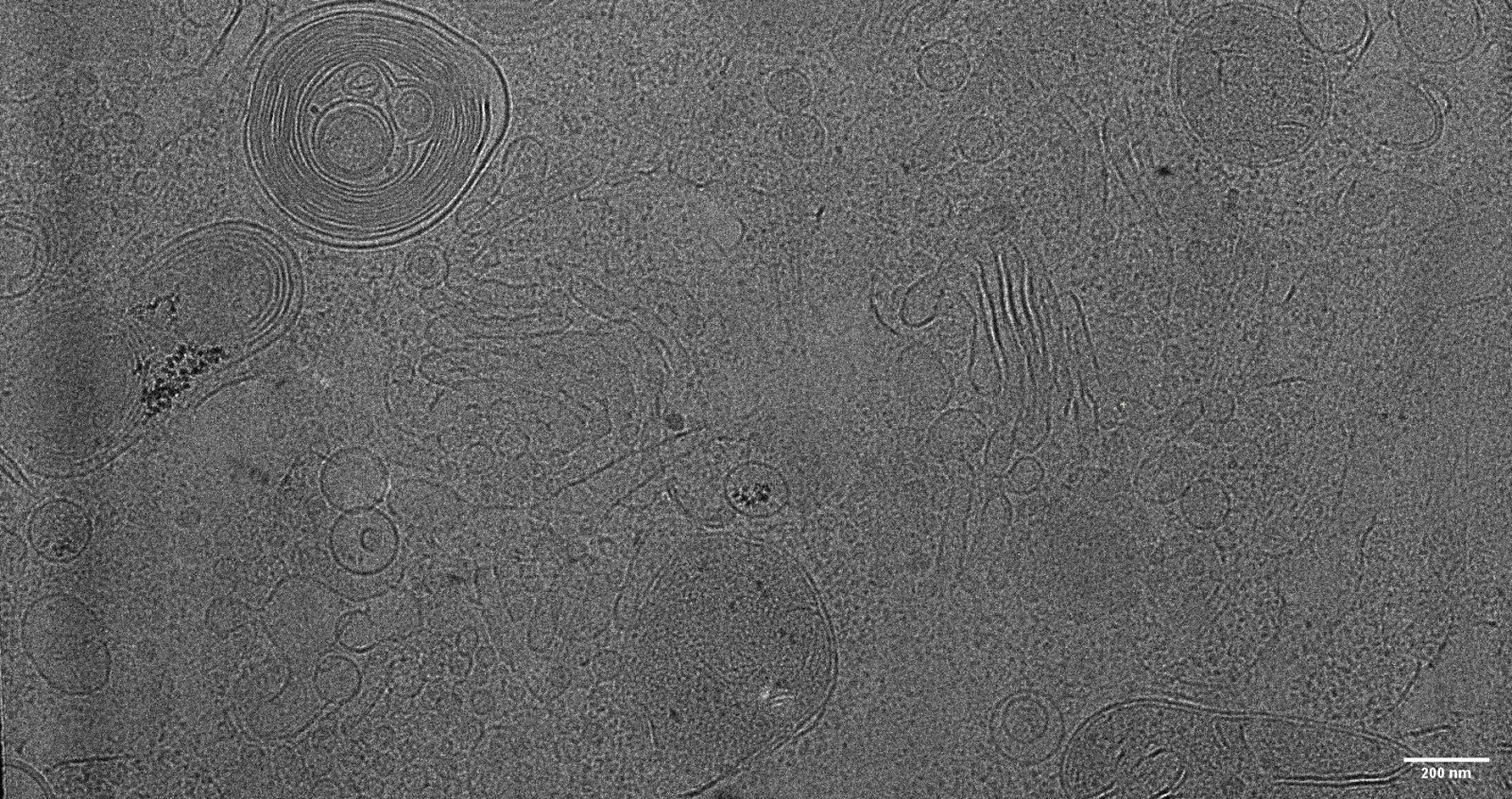Research group of Dr. Stuart Howes
A major challenge in structural biology lies in understanding the molecules of life at near-atomistic detail while maintaining the full complexity that exists within a cell. We believe this is critical to achieving a mechanistic understanding of the cell. As techniques, instrumentation and computational methods continue to improve, increasingly complex biological systems become tractable to study at the individual molecule level. Cryogenic electron microscopy (cryo-EM) provides a means to directly visualize specific macromolecules within the cell. This means we can look at proteins in their biological context without resorting to purifications or other reductionist approaches.

Microtubule research
Microtubules play a critical role in organizing the cell and ensuring cargos get to the correct locations within cells. However, the exact signals that are used to direct specific cargoes are not fully understood. Extensive work has shown how tubulin post-translational modifications and certain microtubule associated proteins can play a role, but our level of understanding is not yet at the point where we can fully reconstitute all the fascinating events we see in the cell with purified proteins. In collaboration with the Biophysics group of Cell Biology, Neurobiology and Biophysics, we identify specific microtubules that make up a subset of the entire network and target those for high-resolution cryo-EM. This allows us to better understand exactly what is different about these microtubules that is being recognized by certain motors (e.g. kinesins).


